Generative NFT Arts 101: Redefining the Boundaries of Crypto Art

- Generative art NFTs are a type of non-fungible token (NFT) that showcases unique, one-of-a-kind pieces of art that have been generated using algorithms and computer programming.
- The use of NFTs has also allowed for greater transparency and provenance in the art market, ensuring that the value of these artworks is recognized and protected.
Generative art NFTs are a type of non-fungible token (NFT) that showcases unique, one-of-a-kind pieces of art that have been generated using algorithms and computer programming. These digital artworks are created through a process of automation, where the artist develops a set of rules and parameters for the algorithm to follow, which then generates the artwork.
Each generative art NFT is unique, as it is created using a randomized process that is often difficult to replicate. The NFT serves as a certificate of ownership for the artwork, ensuring that the buyer is the sole owner of the digital asset. The use of blockchain technology in NFTs provides a secure and transparent way to verify the authenticity of the artwork and track its ownership.
Some generative art NFTs are interactive, allowing the viewer to control certain parameters of the algorithm and create their own unique variations of the artwork. Others are purely visual, showcasing intricate patterns and designs that are the result of the algorithm’s programming.
What software is used to create this kind of art
There are many different software programs and tools that artists can use to create generative art NFTs. Some popular options include:
- Processing: This is a programming language and environment that is designed specifically for creating visual and interactive art. It allows artists to write code that generates images, animations, and other types of multimedia.
- Unity: This is a game engine that is often used to create 3D graphics and interactive experiences, but it can also be used to create generative art. Artists can use Unity’s scripting language, C#, to create code that generates art.
- Blender: This is a free and open-source 3D creation software that can be used to create generative art. Artists can use Blender’s scripting language, Python, to create code that generates complex 3D models and animations.
- OpenFrameworks: This is an open-source toolkit for creative coding that is similar to Processing. It allows artists to write code in C++ that generates art and multimedia.
- Generative.fm: This is a web-based tool that allows artists to create generative music using JavaScript. While not strictly for visual art, it can be used to create soundscapes to accompany visual generative art.
Should you consider putting generative art NFTs into your NFT collection
Whether or not to include generative art NFTs in your NFT collection is a personal decision and depends on your individual preferences and goals as a collector. However, there are several factors that may make generative art NFTs an appealing addition to your collection:
- Uniqueness: Generative art NFTs are often unique, as they are created through algorithms and code that can generate different variations of the same artwork. This can make them stand out in a crowded NFT market and increase their potential value over time.
- Creative innovation: Generative art NFTs showcase the creativity and innovation of artists who use coding and technology to create art. Collecting these NFTs can be a way to support and appreciate this type of artistic expression.
- Accessibility: Generative art NFTs can often be purchased at a lower price point than other types of art, making them more accessible to a wider range of collectors.
- Versatility: Generative art NFTs can take many different forms, from still images to animations and interactive experiences. This versatility can make them an interesting and dynamic addition to any collection.
Ultimately, whether or not to include generative art NFTs in your collection should depend on your personal tastes and goals as a collector. If you appreciate the unique and innovative qualities of this type of art, then they may be a great addition to your collection
In conclusion, Generative NFT art has emerged as a dynamic and exciting new field in the art world. By utilizing algorithms and computer programming, artists can create unique and one-of-a-kind digital creations that challenge traditional notions of art and creativity. The use of NFTs has also allowed for greater transparency and provenance in the art market, ensuring that the value of these artworks is recognized and protected. As technology continues to evolve, it is likely that Generative NFT art will only become more innovative and boundary-pushing, offering new ways for artists to express themselves and for collectors to invest in truly unique and valuable pieces.
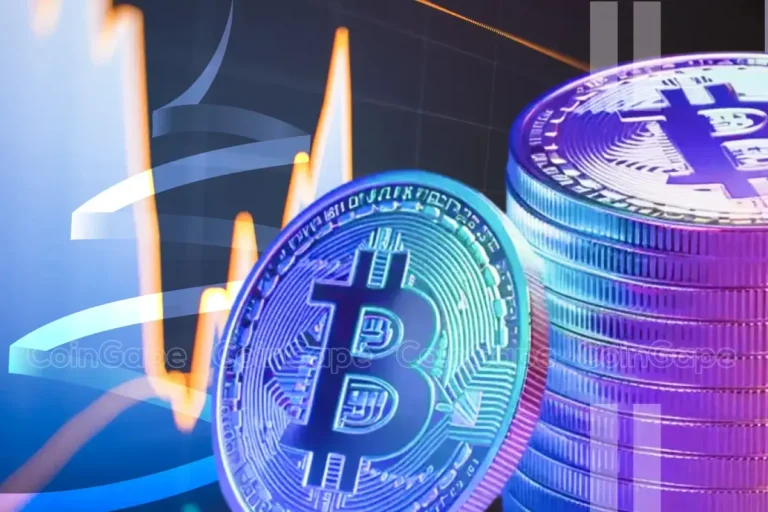
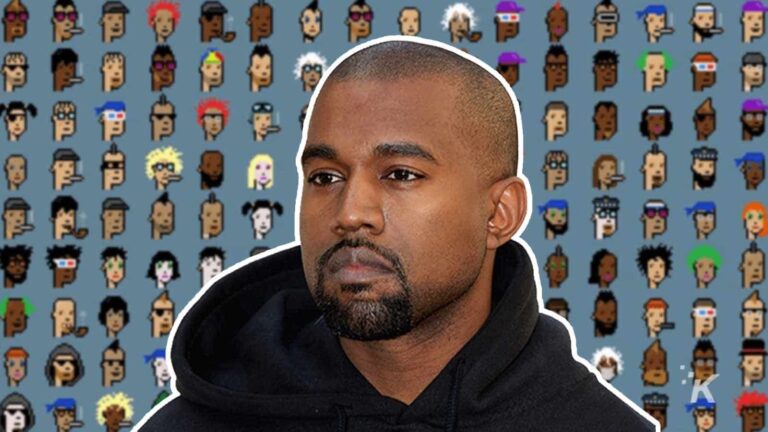
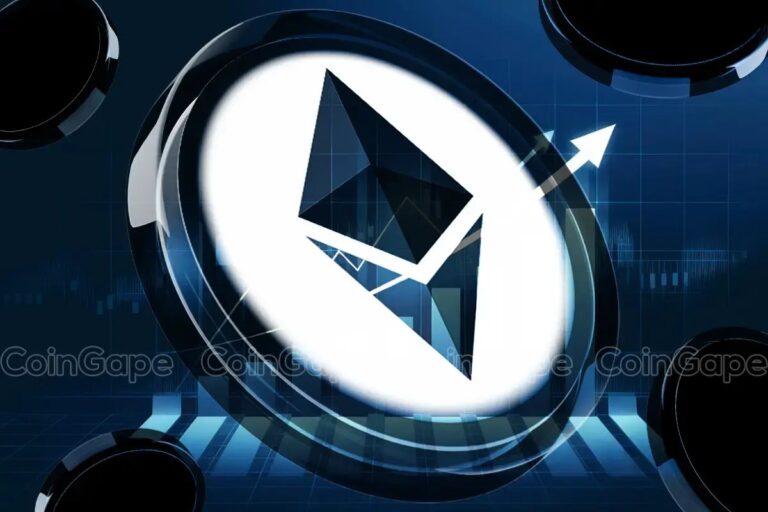
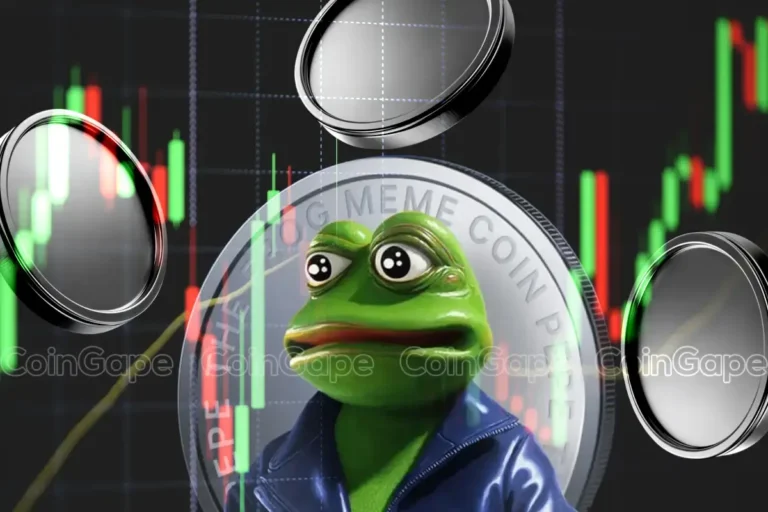
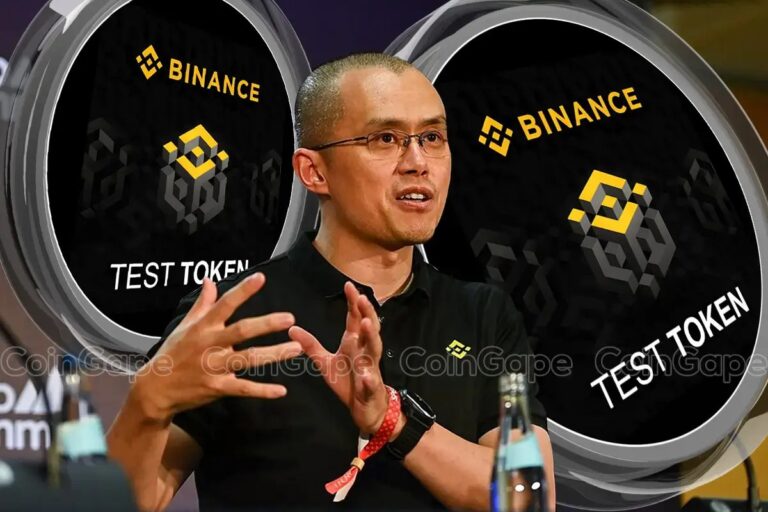
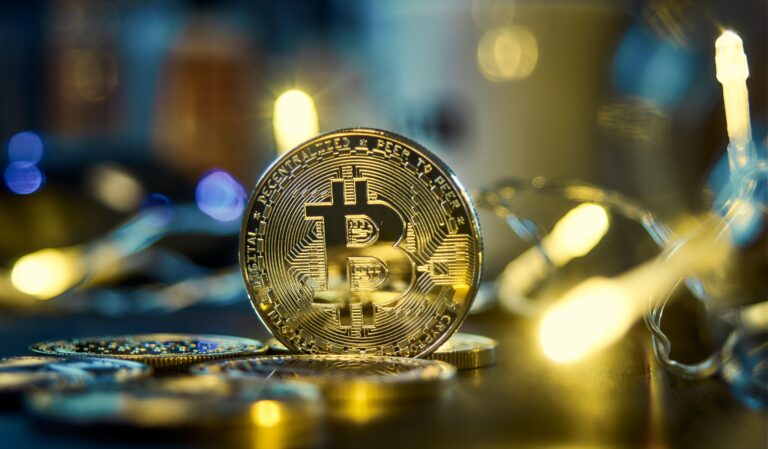


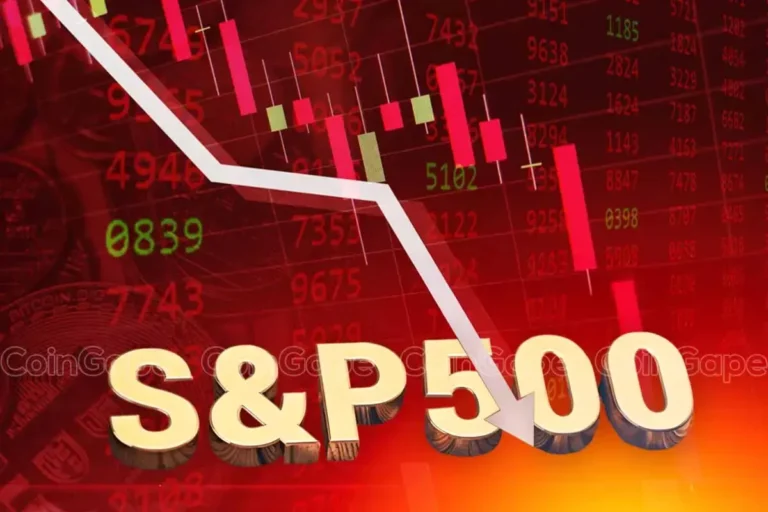
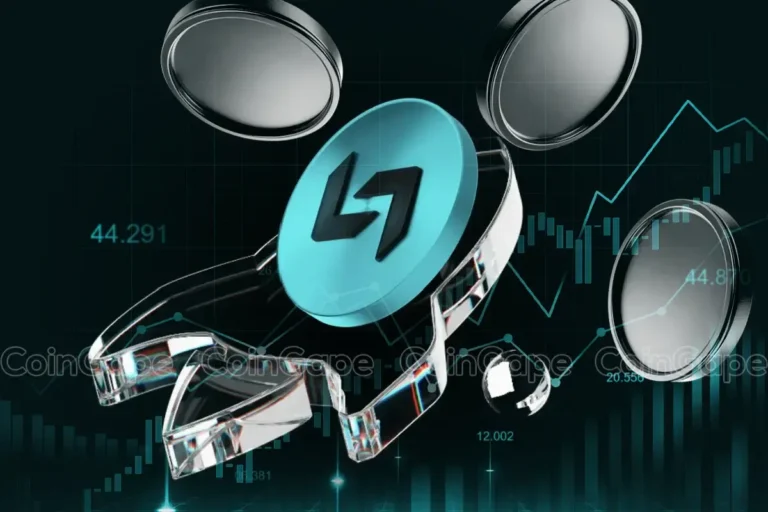
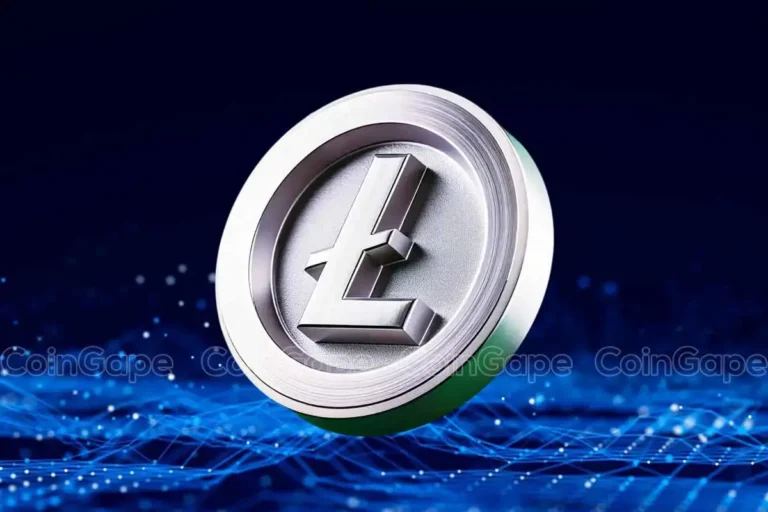
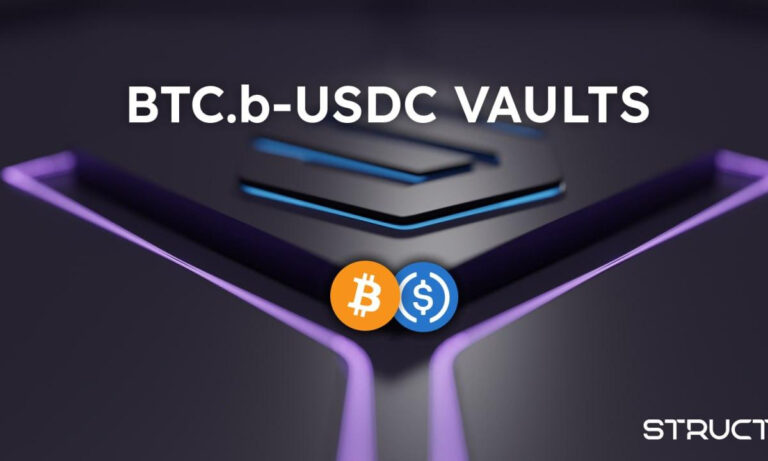

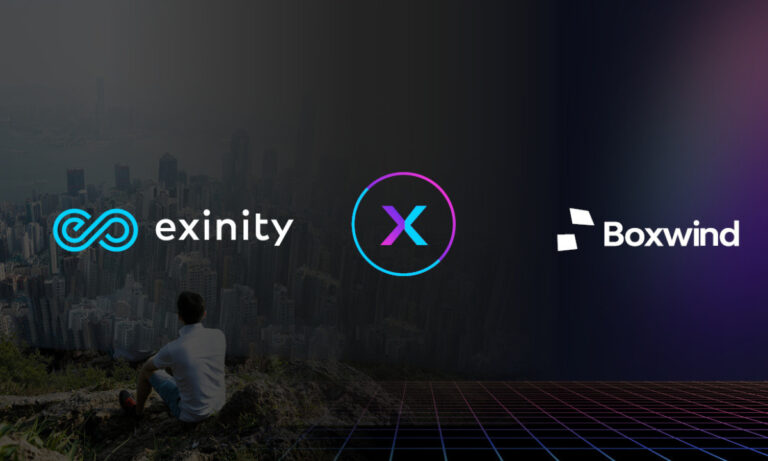



+ There are no comments
Add yours